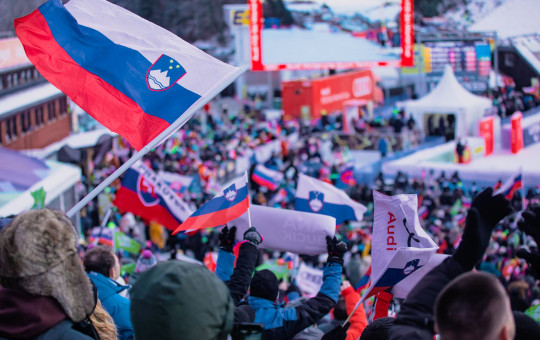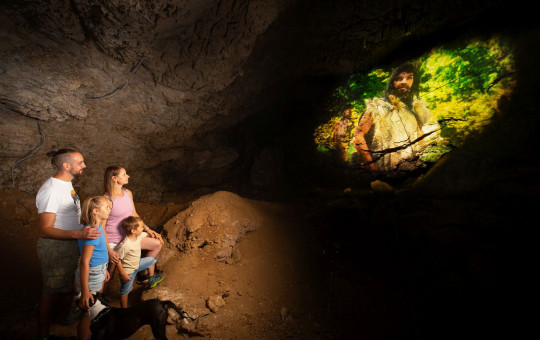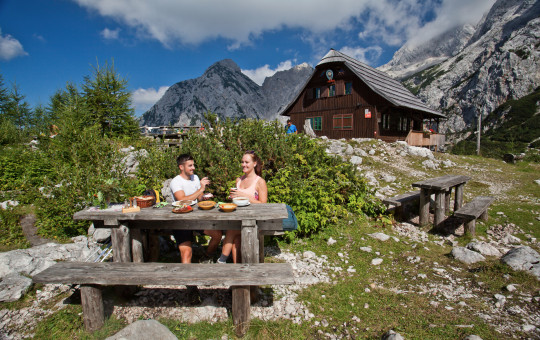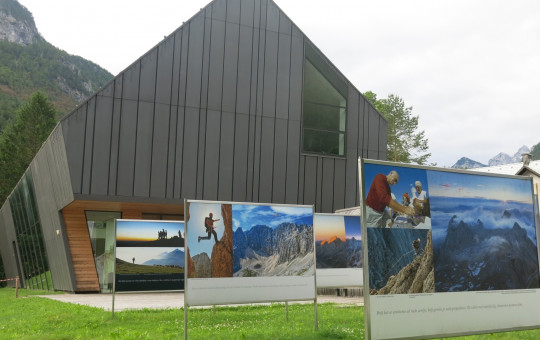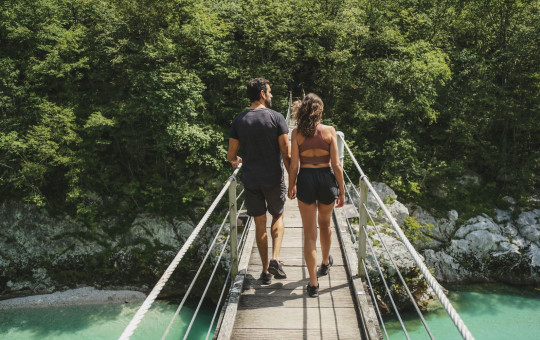Time to read: 2 min
Slovenia's mountains are a very popular destination for hikers but they can be significantly more challenging than many other European ranges. Mountain rescue teams respond to a high number of accidents each year, with slips and falling rocks being the most common causes.
Here's what you can do to stay safe while enjoying the mountains:
-
Preparation is key! Before setting off, always check the weather forecast and trail conditions, and make sure you know the difficulty level of your chosen route. Find out about the availability and opening times of mountain huts along the way. Be honest about your own physical fitness and health.
- Proper footwear and gear are essential. Soft-soled shoes are unsuitable for mountainous terrain. Wear sturdy, high-quality hiking boots. Also take the following items with you: a hat, gloves, a windproof jacket, spare clothing, sun cream, sunglasses, a compass, a hiking map, a first-aid kit, a bivvy bag (or an emergency foil blanket or a black thermal protection bag), a whistle, a torch and a mobile phone. Remember to bring ID and enough food and water. For more difficult routes, bring a helmet and any other specialist equipment required.
- Do not rely on Google Maps or non-specialist maps. These tools often fail to consider elevation changes or trail difficulty. Carefully assess factors such as the total distance of the hike, the elevation profile, the difficulty level, and the estimated time for completing your chosen route.
- Start your hike early in the morning. This will help you to avoid the peak heat of the day and the frequent afternoon storms. Plan your descent with sufficient time to return before nightfall.
- Stick to the marked mountain trails. Venturing off-trail is dangerous. Resist the temptation to visit picturesque or popular spots shared on social media. Official mountaineering trails are marked with the Knafelc trail blaze, which is a distinctive red circle with a white dot in the centre.
- Involve other people. Climbing mountains alone carries greater risks. Choose a suitable companion who has experience or knows the route well. Let your closest friends and family know your planned route and how long you will be away, so they can take appropriate action if you don't return on time.
- Take regular breaks. Rest for a few minutes every hour of walking. If you feel tired or exhausted, take an even longer break. Drink regularly and eat energy-rich snacks at set times to prevent fatigue and dehydration.
- Take your time when walking and keep an eye on your surroundings. Monitor the weather and adjust your plans if conditions change. Be alert to rumbling noises, as these can signal falling rocks. If necessary, move away from exposed areas and seek shelter.
- When you arrive at a mountain hut, sign the guest logbook. This information will be of great help to mountain rescuers in the event of an accident.
- In case of emergency, call for help. If you experience chest pain or nausea, stop hiking and call 112 to contact doctors and mountain rescuers. Notify the mountain rescue service on 112 or the police on 113 as soon as possible in case of an accident.
Have a pleasant and safe visit to the Slovenian mountains!
Photo: Jošt Gantar

